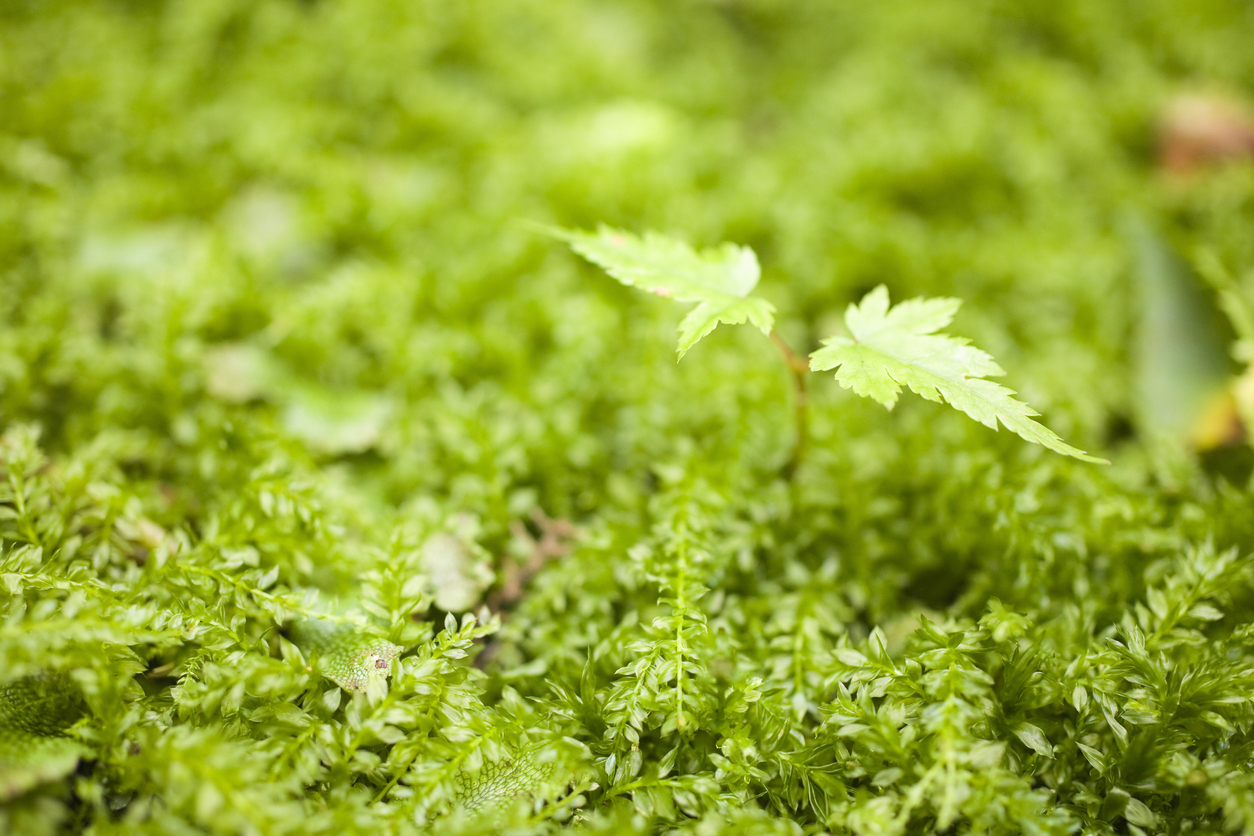With the support of our partner BC Hydro, Science World spotlights teachers leading their communities with clean energy mindsets and power smart practices for a brighter future.
In the 1970s, Japanese botanist Akira Miyawaki developed a method for creating a small and thriving ecosystem that could grow to the height of a mature forest in as little as ten years.
The benefits of such growth are as dense as the forests themselves: the adaptations of native plants require no watering or maintenance; soil structure is secured in the face of earthquakes and tsunamis; an exponential increase of biodiversity allows creatures above and belowground to flourish; foliage provides shade and cools temperatures in hot urban centres; and more.
Today, thanks to the expertise of permaculturist Bruno Vernier; the support of Garden City Conservation Society and Earth Literacies Society; the work of Creative & Community Engagement Artist J Peachy; the RHS Green Team; and dozens of volunteer community members, BC’s first and only official Miyawaki Pocket Forest exists on the grounds of Richmond Secondary School.
Initially, the Green Team—a group of high school students dedicated to fighting climate change—intended to plant its seedlings in the spring, until Bruno Vernier advised they wait until fall.
“When the roots are dormant,” explains the Green Team’s teacher-sponsor Eugene Harrison, “they can settle into their environment. So that, come springtime, all they have to do is grow.”



